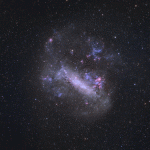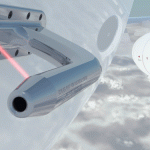
Pigeons can recognise faces in photographs. Image: Shutterstock
Birds living in urban habitats recognise individual human faces.
Urban bird species discriminate and remember humans based on their previous experiences with them. So it might not be a good idea to aggravate that magpie in the tree outside your house.
It has been suggested that only bird species with high cognitive abilities are capable of recognising familiar human faces and voices. However Anna Wilkinson and her colleagues from the University of Lincoln, UK, have shown that even pigeons — not exactly the most “highly cognitive” birds — are capable of discriminating between individual humans.
The researchers wanted to study the extent to which pigeons can recognise faces. They showed pigeons photographs of pairs of faces — one familiar and the other one not. The birds were trained to respond to the faces that they recognised and the experiment was carried out in operant conditioning chambers.
Sensory stimuli were restricted so that only representations of human faces were visible. This allowed the researchers to disentangle the impact of facial cues from other additional features such as smell and clothing colour.
Wilkinson and the team found that the pigeons were able to discriminate between the photographs based only on 2D facial information and the results were published in Avian Biology Research.
There are many perks for animal species that live in human environments. There is food readily available all year round, many safe dwellings away from predators, and new opportunities for breeding sites.
It is also beneficial for animals to be able to discriminate between individual humans. “The presence of specific humans may represent a potential threat, especially if a species is regarded as a pest,” explained the researchers. “[Previous studies] revealed that foraging feral pigeons spatially avoid human feeders that had previously shown hostile behaviour.”
The researchers suggested that there is an ecological need for animals to be able to recognise individuals and adjust their behavioural responses accordingly.
In the case of the humble pigeon, some people see them as disease carrying pests who do not deserve even a single crumb. While others quite like them and are therefore more inclined to throw them some bread and treat them kindly. If pigeons can recognise individuals they can then avoid the former and seek the latter.
However, the features by which birds are able to discriminate between individual humans still remain unclear. The researchers explained that further studies are now required to determine the behavioural mechanisms involved.
Source: Science Daily






